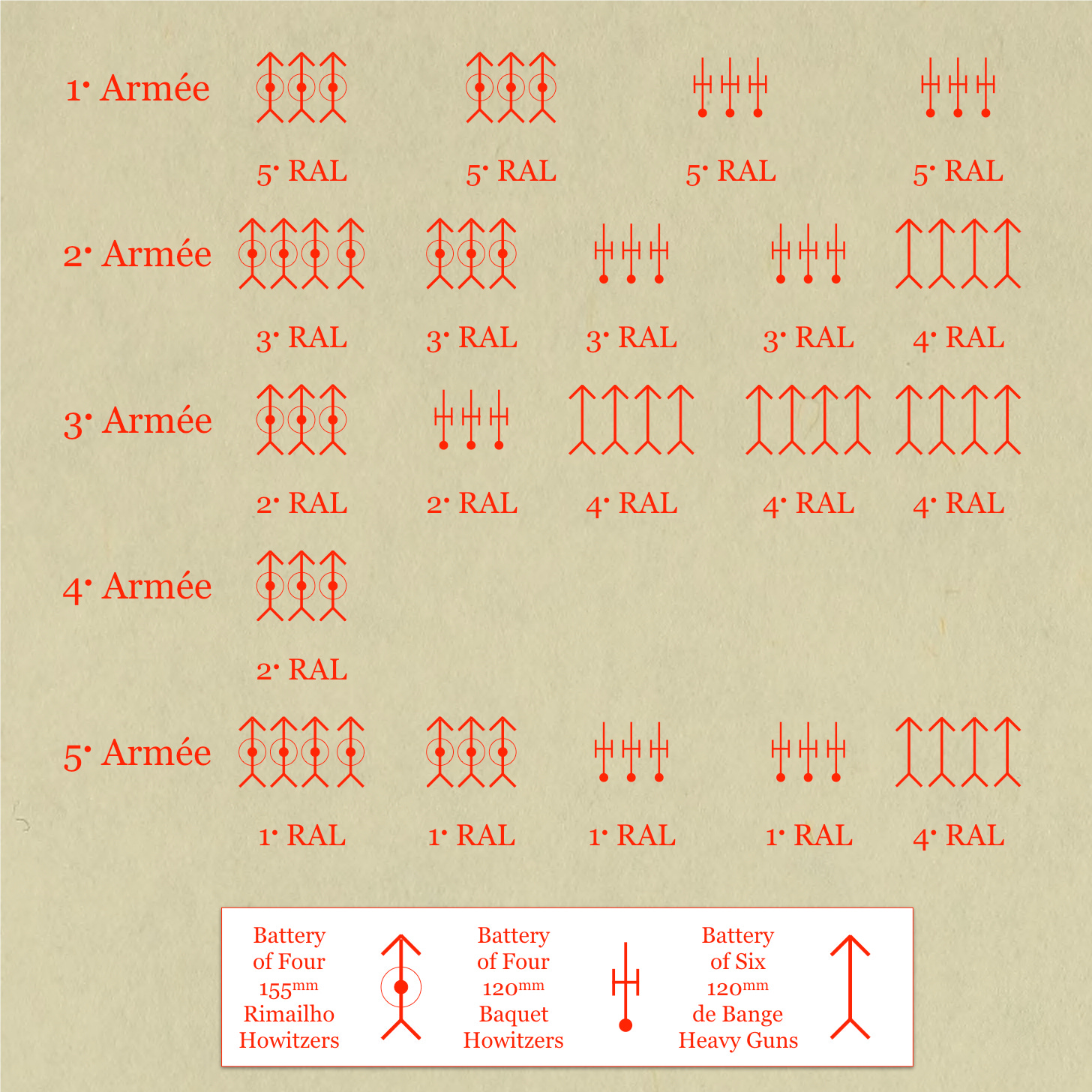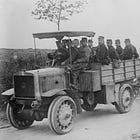Eleventh-Hour Changes to the 'Régiments d'Artillerie Lourde'
The Phantom Batteries of Plan XVII (Part VII)
In addition to providing a verbatim copy of Plan XVII, the French official history of the First World War also contains a detailed accounting of the units and formations mobilized, assembled, and deployed in August of 1914. At least where the five regiments of mobile heavy artillery were concerned, this second order of battle accords perfectly with the conclusions of this essay. In particular, the 2nd Heavy Artillery Regiment had no 120mm de Bange heavy guns and but three batteries armed with 120mm Baquet howitzers. Likewise, all batteries equipped with 120mm de Bange heavy guns were six-piece units belonging to the 4th Heavy Artillery Regiment. Finally, two heavy artillery regiments, the 1st and the 3rd, each possessed a seventh battery of 155mm Rimailho howitzers. [29]
Leaving aside the typographical error that transformed Baquet howitzers into de Bange heavy guns, all of the differences between the collection of mobile heavy artillery batteries described in Plan XVII and those that went to war in 1914 stem from changes that took place between 7 February 1914 (when Plan XVII was promulgated) and the first week of August of 1914 (when the French armies were mobilized.) That is, sometime in the late winter, spring, or early summer of 1914, the French authorities somehow found a sufficient number of officers, non-commissioned officers, specialists to provide the cadre for two additional batteries of Rimailho howitzers.
Notes:
[29] Armées Françaises dans la Grande Guerre (Paris: Imprimerie Nationale, 1936) Tome I, Volume 1, pages 540, 547, 556, 563, and 567
This is the last post in The Phantom Batteries of Plan XVII. For links to the other posts in this series, please make use of the following aggregator:
To Subscribe, Support, or Share:
.









